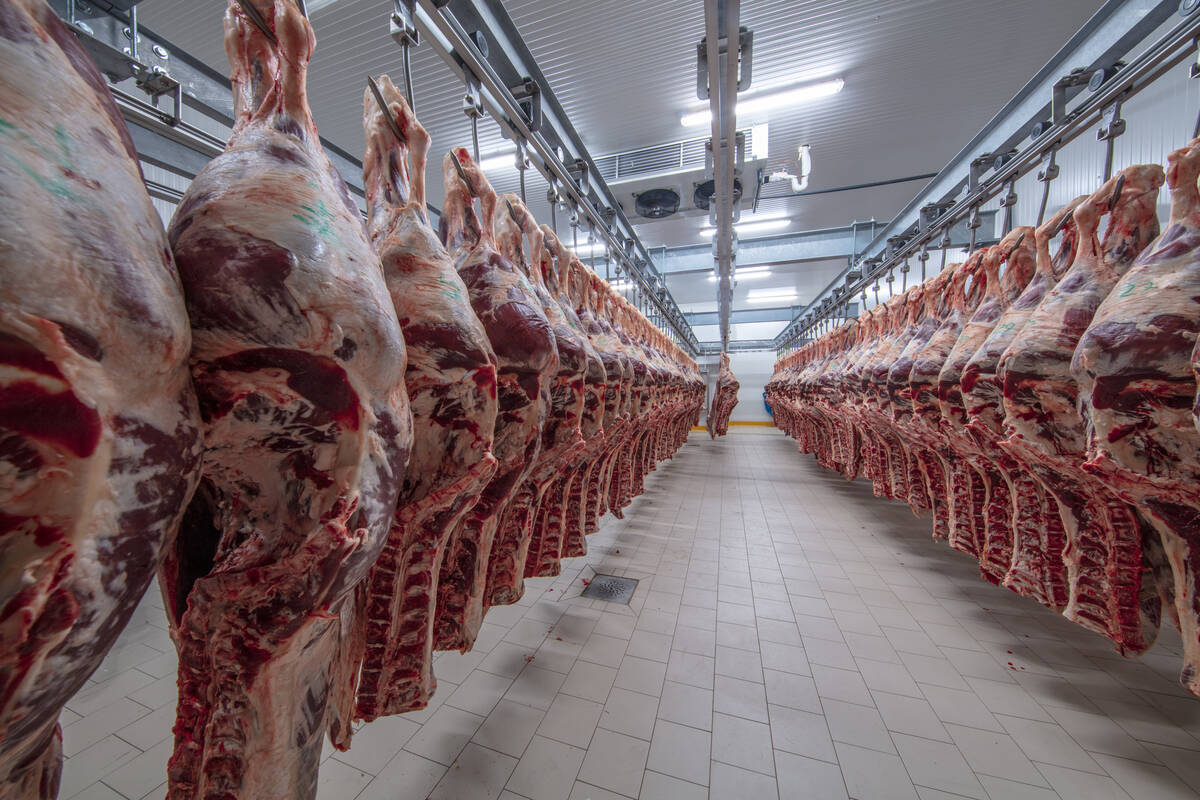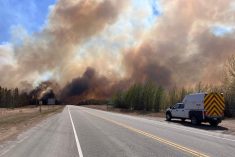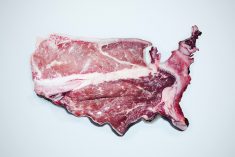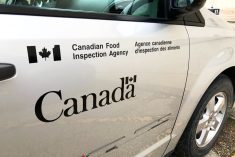Consultations for Canada’s next agricultural policy framework are officially underway.
The five-year framework agreement currently in place, known as the Canadian Agricultural Partnership (CAP), is a $3 billion funding deal between federal, provincial and territorial governments that funds a wide range of programming within the sector.
That deal, agreed upon in mid-2017, kicked off in April 2018 and expires at the end of March 2023.
Consultations were launched Thursday on the next agreement — the current working title of which is the “Next Agricultural Policy Framework” — to continue through June and into spring next year.
Read Also

U.S. livestock: Hogs, cattle fall
Chicago Mercantile Exchange livestock futures fell across the board on Wednesday. Most-active February live cattle futures closed at 229.550 cents…
Agriculture Minister Marie-Claude Bibeau continues to be at odds with Prairie provinces over who picks up how much of the tab for cost-shared programming under these frameworks. In the CAP, the federal government picks up 60 per cent to the province’s 40 — a ratio that’s been contentious throughout the COVID-19 pandemic.
Facing high payouts for business risk management programming and tight budgets elsewhere, the Prairie provinces tried convincing Ottawa to boost its share to 90 per cent for affected CAP programming. Bibeau has maintained the current funding level has long been in place and should remain so.
Meanwhile, a federal offer to boost eligibility for payouts under one such cost-shared program, AgriStability, was recently rejected by several of the provinces.
Beyond the dollars and cents at stake, the specific programming to be made available in the next framework is also headed the right way for tense negotiations. Producer and industry groups, for example, have long called for reforms to Canada’s business risk management programs.
The federal and provincial/territorial governments have so far failed to reach an agreement that would meaningfully reform those programs under the current framework, but there has always been at least some optimism for change during the next round of negotiations.
Whether that optimism manifests in substantial changes remains to be seen.
Western provinces are actively exploring what new business risk management programs could be developed. Agricultural ministers in some provinces have expressed support for an alternative program to replace AgriStability — by far the most disliked of all the programs — for 2023.
Complaints of AgriStability being costly and ineffective, particularly on the Prairies, prompted governments in those jurisdictions to explore other options.
Manitoba’s Agriculture Minister Blaine Pedersen, who has championed the idea of a margin-based insurance program, leads the call for more broad changes to business risk management programs in the long term, including a potential replacement for AgriStability.
“We think that is a much better way of producers being able to insure themselves,” he said in March.
He told reporters at that time his government will continue to lobby for a livestock insurance program and explore the efficiency of a Whole Farm Margin Insurance (WFMI) program.
Alberta and Saskatchewan joined a working group to further investigate such a program, which would be modelled like crop insurance.
Much of the discussions and consultations so far toward the next partnership agreement are also expected to focus heavily on climate change.
Bibeau said Thursday it was “hard to tell” how climate change policies will be considered against programming in the negotiations, but she stressed the industry and provinces will continue to have a role in reducing greenhouse gas emissions.
Ongoing development of offset protocols, carbon border adjustments and carbon pricing policies could impact agricultural negotiations between Canadian jurisdictions.
Labour and supply chain issues, brought to the public’s attention in a big way throughout the pandemic, will also be a topic of discussion.
Asked how labour shortages may be be addressed in the 2023 agreement, Bibeau pointed to the federal government’s role in funding research and innovation.
“There’s space for improvement around innovation, around robotics or artificial intelligence, so there is a path there definitely that we are interested in,” she said, adding the shortage could be addressed in part by streamlining immigration programs.
Expect more of a commitment to diverse voices under the next policy framework, as well. Moreso than perhaps any of her predecessors, Bibeau has engaged diverse voices often left out of agriculture.
To that end, she said the federal government will look to improve opportunities for Indigenous peoples, women and youth in the industry.
“We are really committed to diversity and inclusion and I can ensure you our consultation process, through our consultation process, we will reach out,” she said, adding sometimes the government needs proactively seek out different voices.
While the federal government has launched its consultations, expect provinces and territories to do the same; Prince Edward Island, for one, launched an online public survey on the Next Policy Framework on May 31, with a submission deadline of July 1.
— D.C. Fraser reports for Glacier FarmMedia from Ottawa.
















